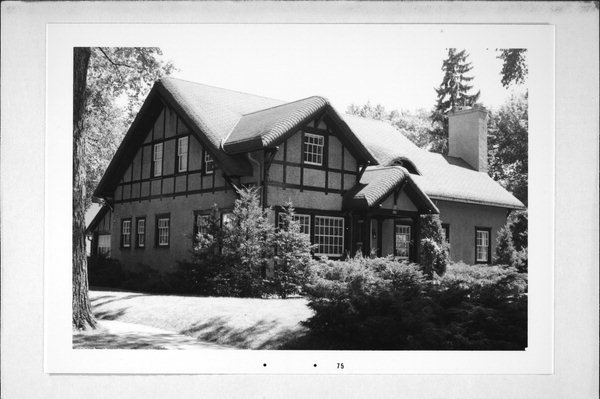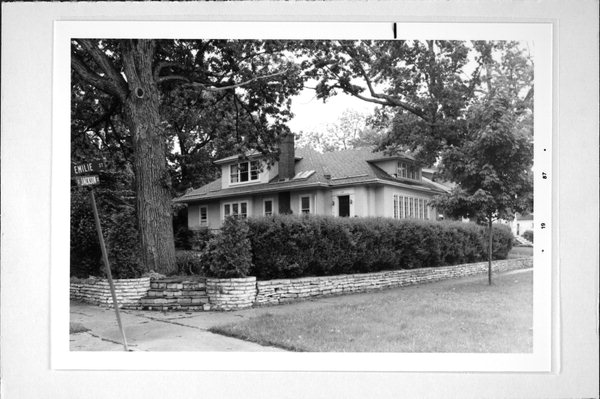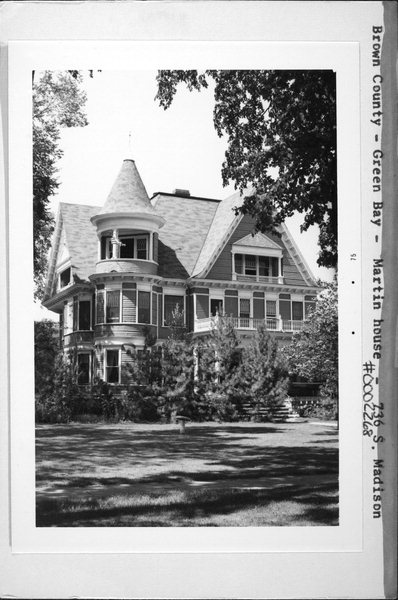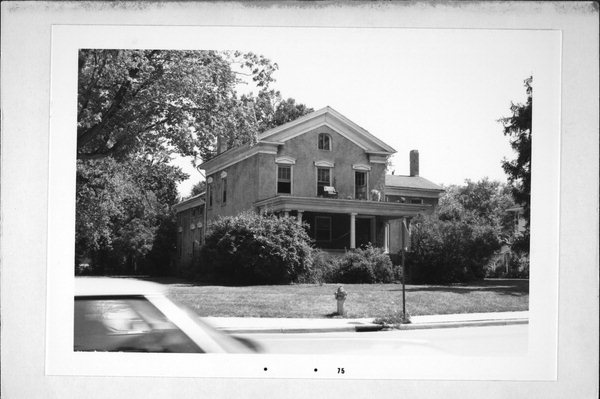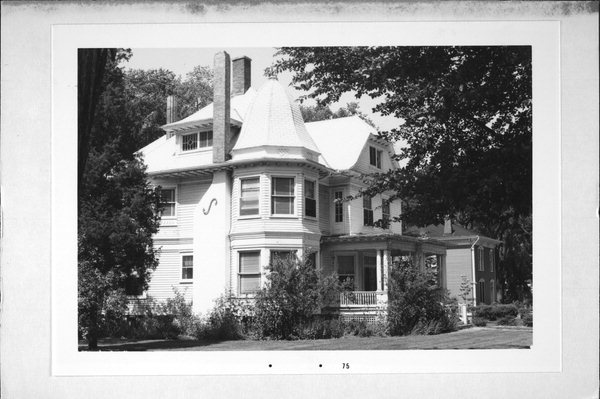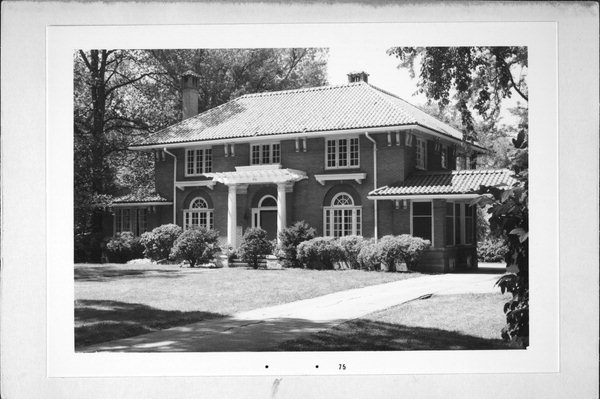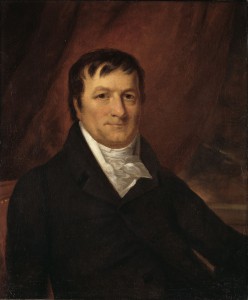In February of 1980, the Astor Historic District officially came into being and was placed in the National Register of Historic Places. As such, it was designated as a neighborhood worthy of recognition and preservation. The benefits of the Historic District designation include the following:
- To promote among its residents a sense of pride and belonging which will sustain the neighborhood as a valued place to live.
- To protect the houses within the District from demolition by any project using federal funds.
- To create a community spirit that will guard against commercial encroachment and subsequent deterioration of the residential area to which central cities are often subject
- To make available to the residents certain grants, loans, tax incentives for rehabilitation and restoration
- To focus attention on the architectural styles and workmanship of craftsmen who, in days gone by, made the house, a work of art.
History of Astor
Indian burial grounds along Fox River at Grignon Street
1745 French fur traders cabins along South Adams Street
1765 Charles de Langlade: 1st permanent white settlement in Wisconsin
1792 J. Frank builds house at foot of Porlier Street; Lawe’s Trading Post
1797 Pierre Grignon builds 1st grist mill in Wisconsin on Madison Street
1823 1st Catholic Church is Wisconsin, Site of St. John’s
1835 1st Presbyterian Church of Green Bay began; Union Congregational
John Jacob Astor
1835 John Jacob Astor plats Town of Astor
1838 Towns of Navarino and Astor unite and form the Borough of Green Bay, Morgan L. Martin was named first president
1845 Morgan L. Martin elected to Congress
1850 Elms planted along Monroe Avenue by Col. Eastman
1861 Timothy Howe elected to U.S. Senate (746 South Jefferson)
1865 “The Hill’ emerges as choice residential area
1894 First electric streetcar runs down Webster Avenue
1895 Period of greatest residential construction.
1922 GB Lakes to Waterway Association formed, half of founder are Astor residents
1930 Astor is architecturally very similar as it is today.
1955-70 Some grand old homes are converted to apartments
1970 Young couples begin to buy homes and renovate and restore.
1974 Astor Neighborhood Association is formed
1975 Comprehensive Plan for neighborhood is drafted
1980 Astor is designated as a Historic District and placed on the National Register of Historic Places.
Learn more about the history of the neighborhood by visiting the Hazelwood Historic House Museum located right in our neighborhood.
If you're looking for more information on a property, a great place to start is searching the database at the Wisconsin Historical Society Website.
Take a look at some old Newspaper Clippings from the 1970’s.
Clipping 1 Clipping 2 Clipping 3
Clipping 4 Clipping 5 Clipping 6
Clipping 7 Clipping 8 Clipping 9



